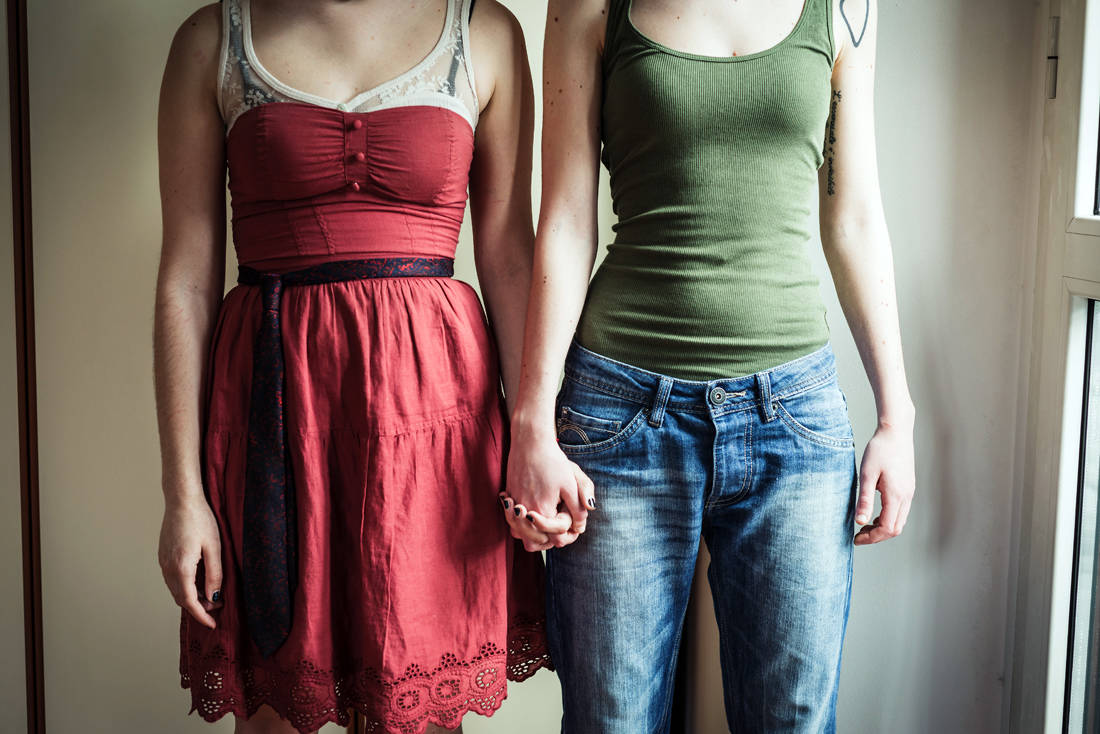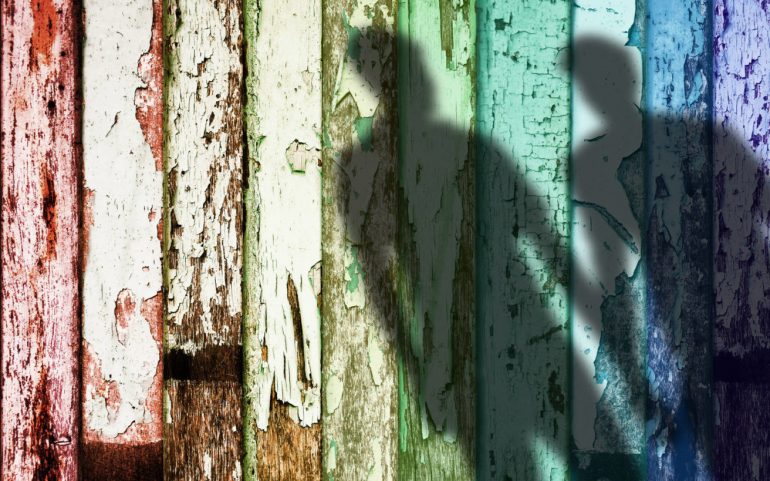Between 1950 and 1960, the Canadian government had to find a way to shield itself from all the national security issues posed by the Cold War.
The 20th century was a difficult time for homosexuals on the margins of their sexual choices. Canada believed that those who were sexually attracted to the opposite sex were weak and always had something to hide. Homosexuality was not only taboo, it was illegal until June 1969 when it was legalized in that country.
These weak characters - abnormal and often mentally ill as they were called - became, according to the government, the easiest targets for Russian agents and the easiest victims of blackmail as they could reveal information and state secrets with in exchange for not disclosing their homosexuality.
The Canadian Royal Gendarmerie (RCMP) had to implement a plan that would expose the sexual orientation of citizens in order to eliminate homosexuals who worked in the public sector, the military and the police and posed a threat to national security. A special group for locating homosexuals was set up under the auspices of the Police with the ultimate goal of managing the "threat".
Initially, the group monitored all the places frequented by gays to find a match, especially bars, and photographed them. "We knew that a policeman would always be sitting at the bar. "You saw a man sitting and reading a newspaper and if you looked a little closer you would find that there was a camera behind the newspaper," said a homosexual according to thecanadianencyclopedia.ca.
In addition to the bars, the police also frequented the parks where the gays went to find a match and have sex. They often pretended to be gay and trapped them, and it was not uncommon for gays and lesbians to be recruited as secret informants. In 1963 the Royal Canadian Gendarmerie attempted to draw up a map and delimit the places frequented by members of the LGBTQ community. But soon the effort was abandoned as the map filled with dots and their tracking homosexuals it was impossible.
Between 1964 and 1965, the Royal Gendarmerie identified 6.000 gay officials. The following year the number climbed to 7.500 and between 1967-68 investigations filled police files with 9.000 names, of which 3.000 were civil servants.

The plans so far fell on deaf ears. There needed to be a more scientific way of identifying homosexuals and removing them from all public, military and police jobs. The Government of Canada funded and recruited Canadian psychology professor Robert Wake to conduct a one-year study. When he returned from America the plan was ready. And the name of this "fruit machine" - fruit machine (fruit was a derogatory term for homosexuals).
At first glance, the machine looked like a dentist's chair. Instead of the usual tools of the doctor, of course, there was a camera attached. The process was simple. The subjects looked at a series of photos with half-naked men and women in bold poses, while the camera recorded their reactions. If the pupil dilated, the person being examined sweated and the heart rate increased then these elements were strong evidence of homosexuality.
Apart from the scientific errors behind the design of the machine there were other problems. Each photograph, for example, differentiated the amount of light that ended up in the subject's eye. If the difference in light from one photo to the next was large this would affect the size of the pupil, regardless of the content, without however being taken into account in the final finding.
Most of the time those who took the test did not know what it was about as the people in charge told them that it was a routine test that would simply show their stress levels. The use of the "fruit machine" cost the work of many gay Canadians, although it was soon deemed ineffective.
After the abolition of the "fruit machine" came another method of locating them gay, with the same goal: the "cleansing" of the State, the army and the police. This time the machine was called a "penis population scanner" and measured blood flow to the genitals when the subject was looking at erotic photos. The method was considered more effective than the "fruit machine" but not so much to draw safe conclusions. Thus the program of locating and expelling homosexuals from the Canadian State was terminated.

When the story became public in 1922, then-Canadian Prime Minister Brian Mulroney condemned it as "one of the greatest violations of fundamental human freedom."
In 2017, incumbent Prime Minister Justin Trindade apologized to the House of Commons for discrimination committed or endorsed by the federal government against members of the LGTBQ community. The apology came with a $ 145 million compensation package, of which $ 110 million was to be paid as part of a legal service involving civil servants who suffered at work because of discrimination against them.
A staunch supporter of human rights, Trinto was the first Canadian prime minister to pose for the cover of the best-selling British gay magazine Attitude and the country's first leader to take part in a gay parade.
